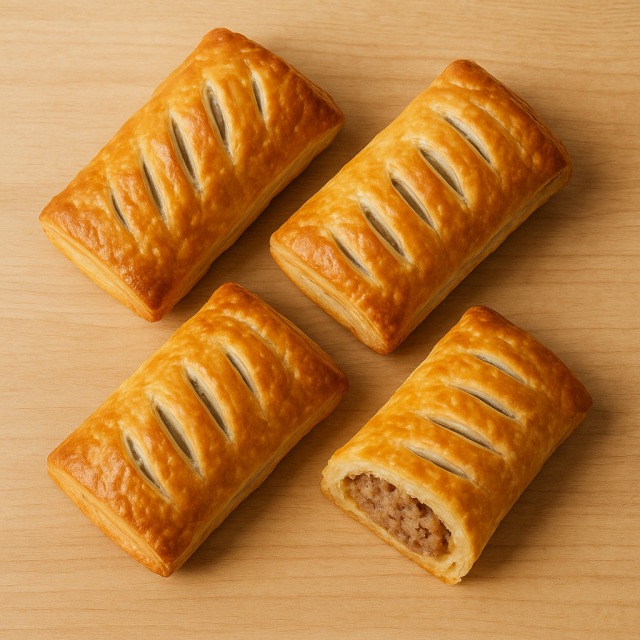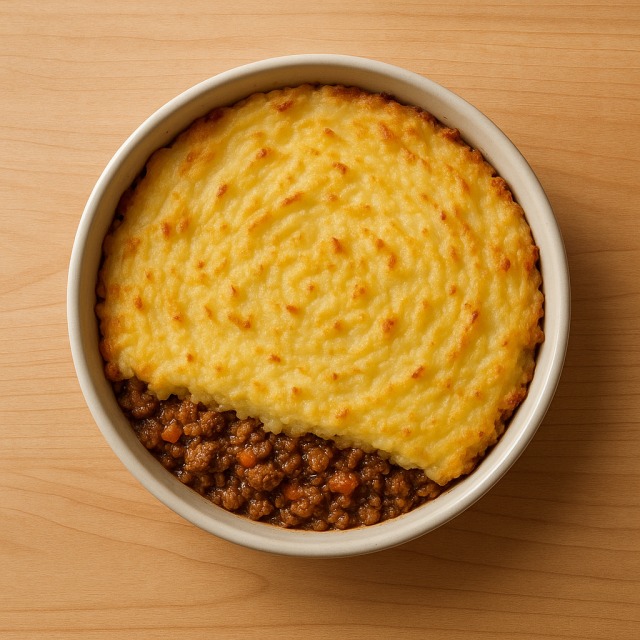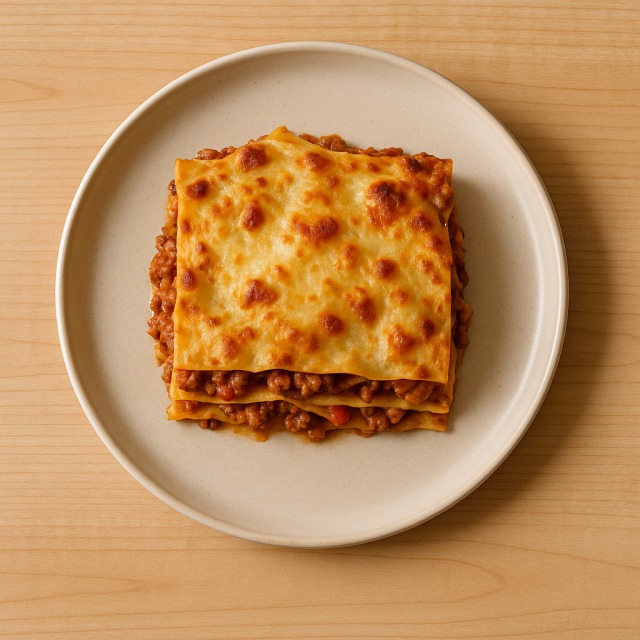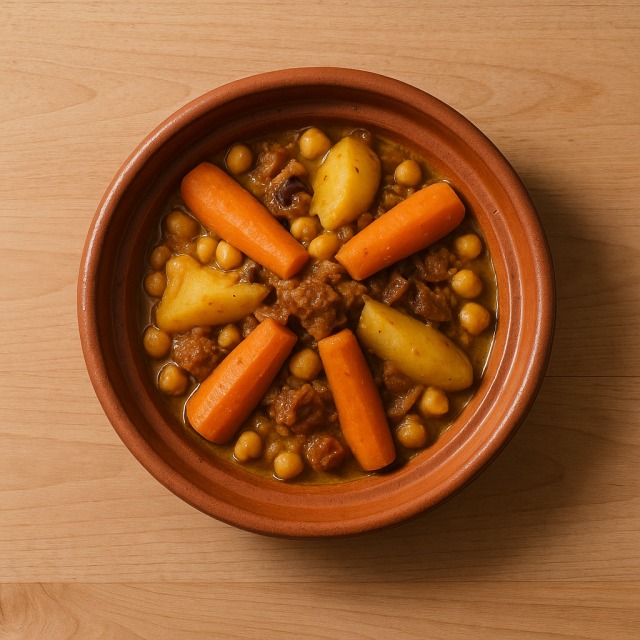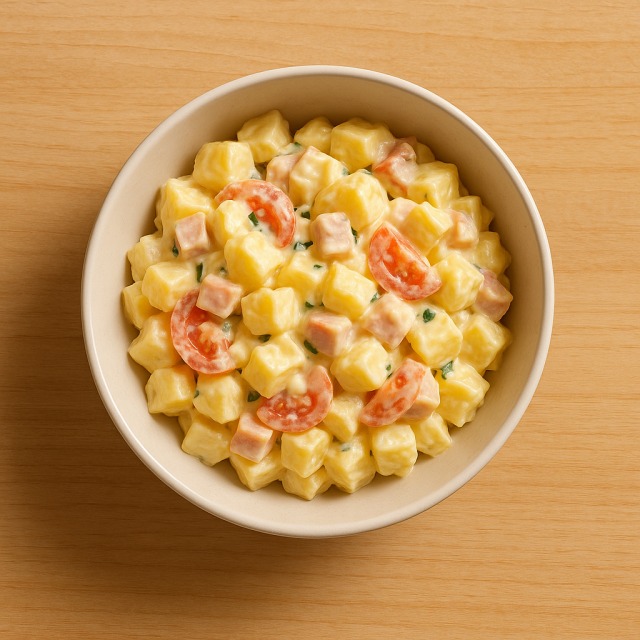Calorie Chart / Recipes / Stuffed cabbage
How Many Calories Are in Stuffed cabbage?
Calculation of the nutritional value & Recommended Dietary Intake of stuffed cabbage
For g and a calorie requirement of kcal
| Calories 348 kcal | Proteins 21 g | Lipids 28 g | Carbohydrates 3.8 g |
| 17% | 28% | 42% | 1% |
Health benefits of stuffed cabbage
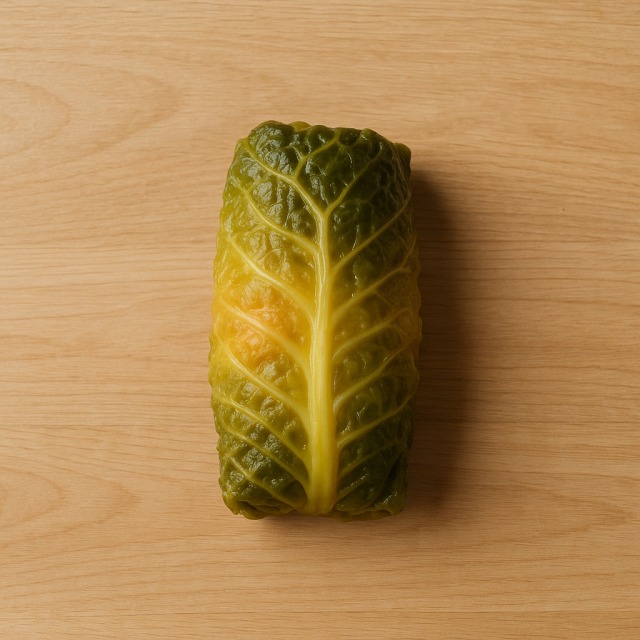
Stuffed cabbage - 100g
Calories 139 kcal
Proteins 8.5 g
Lipids 11 g
Carbohydrates 1.5 g
Stuffed cabbage is considered a moderate-calorie dish: it contains enough calories to be satisfying without automatically jeopardizing an energy-controlled plan. Those calories mainly come from its savory meat filling, while the cabbage leaves themselves contribute very few calories but plenty of volume, which helps create satiety.
Thanks to the cabbage wrapper, the recipe supplies vitamin C, vitamin K, and folate, together with potassium and a touch of calcium. The stuffing, often based on pork or beef, brings vitamin B12, iron, and zinc, making each bite more than just calories on a plate. The fiber from cabbage also slows the absorption of those calories and supports healthy digestion.
Originally a Central- and Eastern-European comfort food, stuffed cabbage traveled across Europe in the 19th century when railways made cabbage a winter staple. Its balanced mix of proteins and moderate calories explains why it was valued by workers who needed energy without excess. Today, the same calorie logic appeals to athletes looking for recovery meals that are neither too light nor too heavy.
Tips for incorporating stuffed cabbage into a balanced diet
Because stuffed cabbage already supplies proteins and moderate calories, accompany it with low-calorie vegetables to keep the overall calories of the meal in check: a side of steamed broccoli, glazed carrot sticks, or a crisp salad of cucumber and herbs works well. This boosts volume without adding many calories and balances the meal's fat content.
If you need extra energy—for example, before a long training session—pair stuffed cabbage with a small portion of brown rice or warm potato purée. The complex carbohydrates will extend the calorie release over several hours.
To reduce calories, replace part of the meat with cooked lentils or finely diced mushrooms; they mimic the stuffing's texture while cutting fat. Conversely, if you want more calories for muscle gain, top the rolls with a ladle of homemade tomato sauce enriched with a drizzle of olive oil.
Classic serving ideas include a Hungarian-style stuffed cabbage simmered in paprika broth or a Mediterranean version scented with oregano and accompanied by grilled eggplant. In every case, counting calories remains easy because the rolls are portioned individually.
Frequently Asked Questions
- How many calories are in stuffed cabbage?
- Stuffed cabbage provides 139 kcal per 100 g.
- Is stuffed cabbage good for weight loss?
- Yes. Its moderate calories, high satiety from fiber, and 8.5 g of protein per 100 g help control hunger while keeping total daily calories reasonable.
- What nutrients does stuffed cabbage contain?
- Per 100 g, you get 8.5 g proteins, 11 g lipids, and only 1.5 g carbohydrates, plus micronutrients such as vitamin C, vitamin K, folate, iron, and potassium. Those nutrients add value beyond calories.
- How can I make stuffed cabbage even lighter in calories?
- Use lean minced meat, swap half of it for cooked quinoa or soy steak crumbles, and bake the rolls instead of frying. These tweaks can cut dozens of calories per portion.
- Is stuffed cabbage a good source of protein?
- Absolutely. With roughly 8.5 g of protein for just 139 calories, it offers a favorable protein-to-calories ratio compared to many classic comfort foods.
Similar foods
Information provided by Calorie Menu may contain inaccuracies or errors. It cannot, under any circumstances, substitute medical advice or medication.
